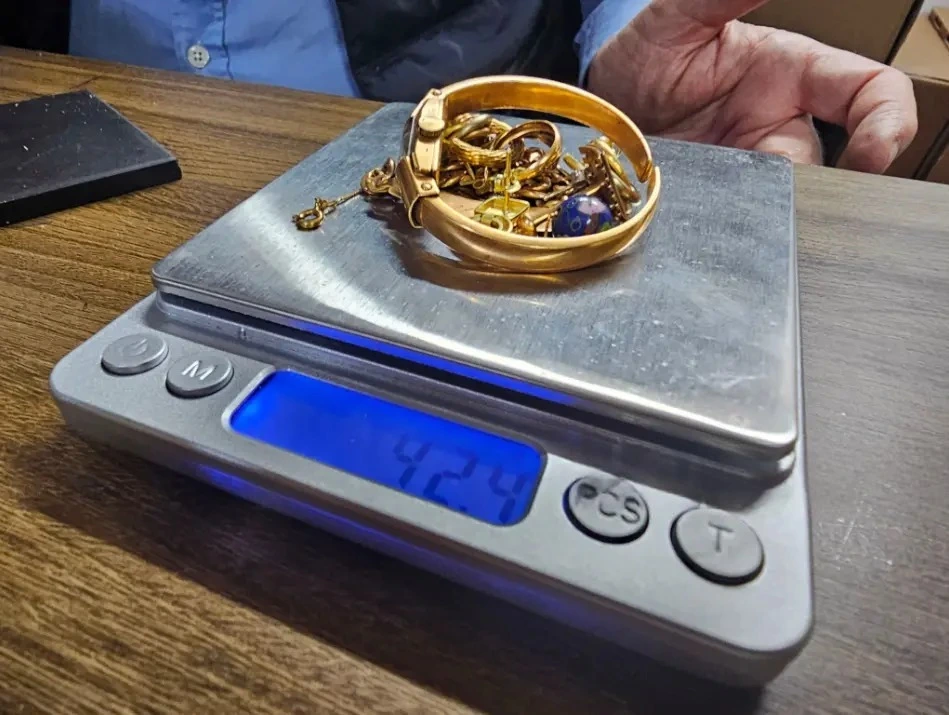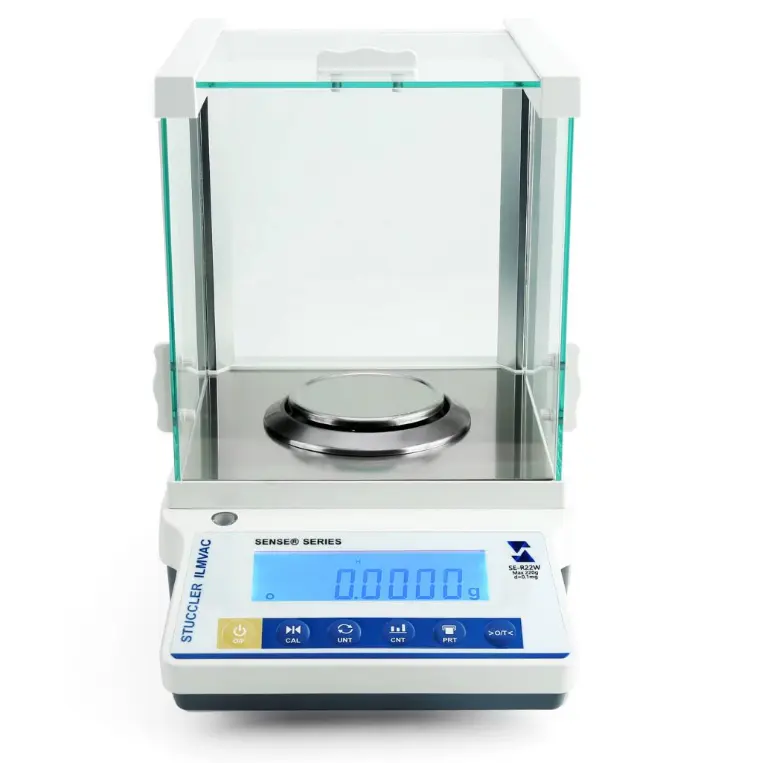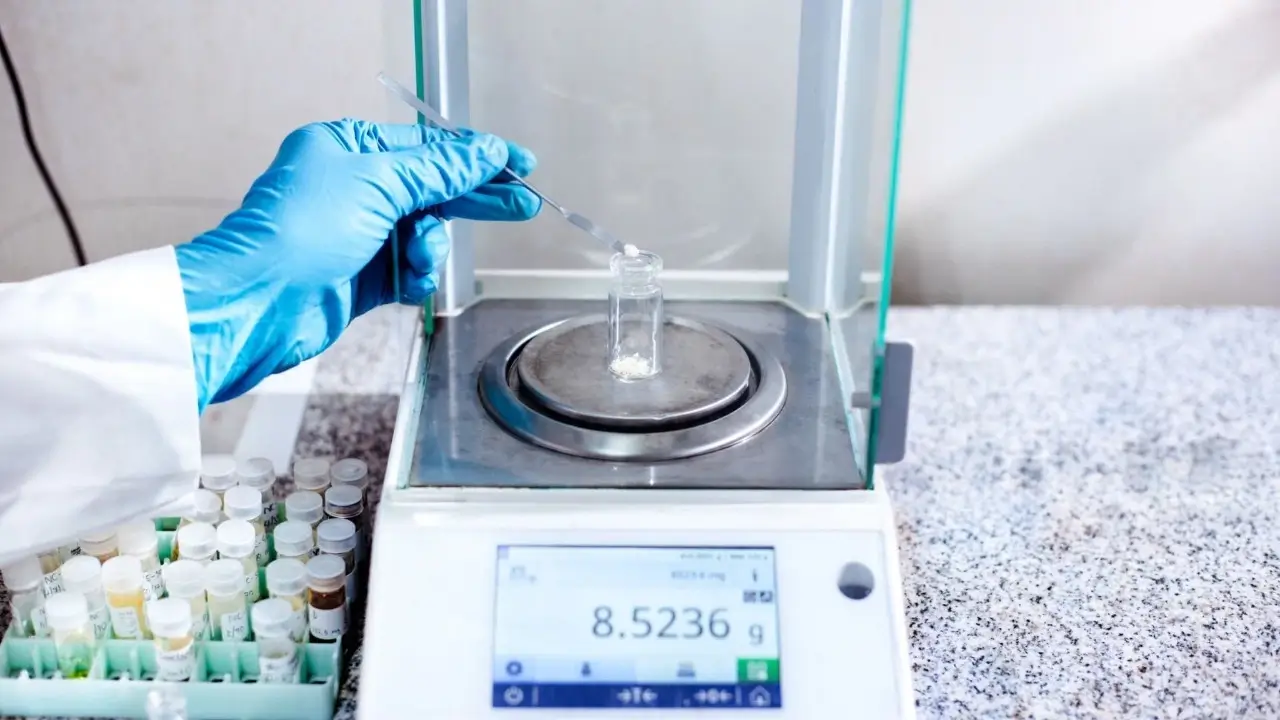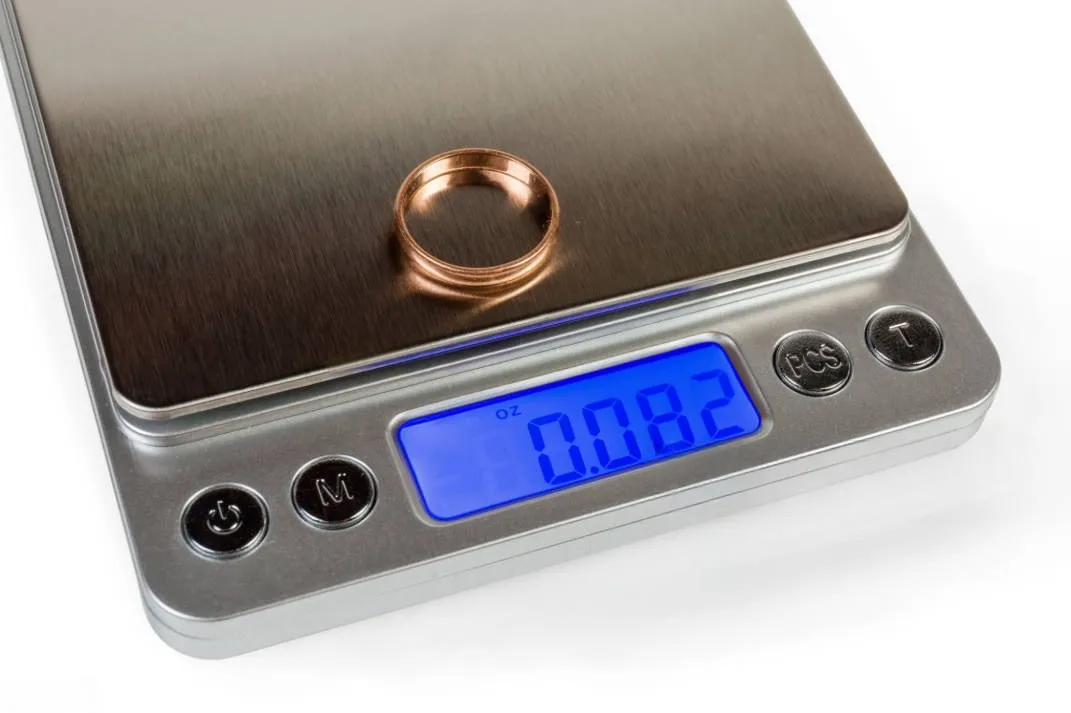For jewelers, gemologists, and dedicated collectors, a jewelry scale is more than a tool—it’s the foundation of trust and fair valuation. Precise measurements are critical, directly impacting the pricing of gemstones and the verification of metal weights. But a common question looms: can a jewelry scale maintain its accuracy over time? The answer is yes, but only with proper care. Like any precision instrument, a jewelry scale’s reliability hinges on its quality, the environment it’s used in, and how well you maintain it. Let’s explore what affects accuracy and how to keep your scale dependable for years.

What Affects a Jewelry Scale’s Long-Term Accuracy?
Several factors influence whether your scale remains precise. Ignoring these can lead to subtle but significant measurement errors over time.
Mechanical Wear and Tear
At the core of every digital jewelry scale is a load cell or force motor—a sensitive sensor that translates weight into an electrical signal. With frequent use, these components face mechanical stress. Repeated loading, especially with heavy items or sudden impacts, can slightly deform the sensor or its supports, causing issues like:
- Inconsistent linearity: The scale may not measure accurately across its full weight range.
- Unreliable repeatability: Weighing the same item multiple times might yield varying results.
- Drifting readings: Measurements may fluctuate or shift even with nothing on the pan.
Environmental Factors
The environment where you use your scale plays a bigger role than you might think:
- Temperature swings: Most scales are calibrated at a standard room temperature. Significant changes can cause components like the load cell or circuit board to expand or contract, altering electrical resistance and skewing readings.
- Humidity: High humidity can cause condensation, potentially corroding delicate electronics. Dust combined with moisture can also form a conductive layer on circuits, leading to malfunctions.
- Dust and Debris: Tiny particles can settle on the weighing pan or inside the scale, adding phantom weight or hindering the mechanism’s movement. This is especially problematic for scales measuring in milligram (0.001g) or carat (0.005ct) increments.
Calibration Frequency and Technique
Calibration aligns your scale’s readings with known standards, but neglecting it can compound small errors over time.
- Infrequent calibration: Without regular adjustments using certified weights, minor drifts from wear or environmental changes become permanent inaccuracies.
- Improper calibration: Using uncertified weights or incorrect procedures can introduce errors instead of fixing them.
Power Stability
For electronic scales, consistent power is crucial:
- Low battery voltage: As batteries weaken, the voltage to the scale’s electronics drops, causing erratic or inaccurate readings.
- Unstable AC power: If using an adapter, fluctuations in the power supply can introduce electrical noise, affecting measurement stability.
How to Maintain Your Jewelry Scale’s Precision
With proactive care, you can extend your scale’s accuracy and lifespan. Think of it as routine maintenance for a trusted partner.
Keep It Clean
Cleanliness is critical, especially for scales measuring tiny weights.
- Daily wipe-down: After each use, gently clean the weighing pan with a soft, lint-free cloth to remove dust, fingerprints, or residue.
- Periodic deep cleaning: Monthly or quarterly, use a soft brush (like a camel hair brush) to remove dust from around the pan and crevices. For stubborn grime, a slightly damp cloth with water or a manufacturer-approved cleaner can work, but ensure no liquid seeps inside. Let the scale air-dry completely before use.
- Avoid Harsh Chemicals: Steer clear of abrasive cleaners, solvents, or alcohol, which can damage the scale’s finish or internals.
Protect It from Harsh Environments
Where you place and store your scale matters:
- Stable surface: Use your scale on a flat, level, vibration-free surface. Even minor movements from a nearby desk can skew readings.
- Controlled conditions: Operate and store the scale in a room with stable temperature and moderate humidity. Avoid direct sunlight, heat vents, air conditioners, or open windows.
- Dust protection: When not in use, cover the scale or store it in its case to prevent dust buildup.
Use It Carefully
Proper handling preserves the scale’s internal components:
- Don’t overload: Never exceed the scale’s maximum weight capacity, as this can permanently damage the load cell.
- Place items gently: Set items softly in the center of the pan. Dropping or forcefully placing objects can jolt the load cell and disrupt calibration.
- Allow stabilization: Wait a few seconds after placing an item for the reading to settle.
- Power off when idle: Turning off the scale saves battery life and reduces wear on electronics.
Calibration: The Key to Lasting Accuracy
Calibration is non-negotiable for maintaining precision. It’s how you realign your scale with a known standard to correct any drift.
Why Calibration Matters
Calibration involves comparing the scale’s readings to certified weights and adjusting as needed. This corrects deviations from wear, environmental shifts, or regular use, ensuring reliable, traceable measurements.
How Often Should You Calibrate?
Calibration frequency depends on several factors:
- Usage intensity: Daily use for critical measurements may require monthly or weekly calibration. Occasional use might need only quarterly or bi-annual checks.
- Scale precision: High-precision scales (e.g., 0.001g resolution) often need more frequent calibration.
- Environment: If your scale is exposed to significant temperature changes, humidity, or vibration, more frequent calibration is recommended.
- Environmental conditions: Frequent temperature changes, humidity, or vibrations call for more regular calibration.
- Critical measurements: Always calibrate before high-stakes weighings or to meet industry standards.
How to Calibrate
Most digital jewelry scales have a built-in calibration function. Here’s a typical process:
- Set up: Place the scale on a stable, level surface free from drafts or vibrations. Turn it on and let it warm up for a few minutes.
- Enter calibration mode: Check the user manual for the specific button sequence (e.g., “CAL” or “MODE”) to start calibration.
- Zero the scale: If prompted, ensure the pan is empty and confirm the zero point.
- Add calibration weight: The scale will display a weight value (e.g., “100g”). Place the corresponding certified weight in the pan’s center.
- Confirm Calibration: The scale should confirm success with “PASS,” “END,” or a return to normal mode.
- Verify : Test the calibration by reweighing the calibration weight or another known weight to ensure accuracy.
Tools: Use certified calibration weights (e.g., OIML Class F1 or F2) that match your scale’s specifications. Handle them with gloves to avoid oil or dirt contamination.
Choosing a Scale Built for Longevity
Investing in a high-quality scale sets the stage for lasting accuracy. A well-made scale from a trusted provider like Stuccler is more than a purchase—it’s a commitment to precision.
Pick a Reputable Brand
Choose established brands known for precision instruments. These manufacturers use high-grade components, tighter tolerances, and rigorous quality control, ensuring better accuracy retention. Look for brands with strong reviews and industry credibility.
Focus on Build Quality
A scale’s construction impacts its durability:
- Sturdy housing: Durable ABS plastic or metal protects internal components from impacts and environmental stress.
- Quality weighing pan: Stainless steel pans resist corrosion and are easier to clean than plastic ones.
- Stable base: Adjustable feet or a wide base minimize vibration effects.
- Robust internal frame: A rigid chassis stabilizes the load cell, preventing shifts that affect accuracy.
Look for Smart Features
Modern scales offer features to maintain accuracy:
- Automatic calibration: Some scales self-calibrate periodically or adjust for temperature changes.
- Temperature compensation: This adjusts readings for environmental temperature shifts.
- Overload protection: Prevents load cell damage from excessive weight.
- Draft shield: Support for both battery and AC power ensures stable operation.
- Flexible power options: Support for both battery and AC power ensures stable operation.
Conclusion
Can a jewelry scale stay accurate over time? Absolutely, with the right care. A high-quality scale from a reputable brand provides a solid foundation, but its long-term precision depends on regular maintenance, a stable environment, and consistent calibration. By understanding what affects accuracy and adopting a diligent care routine, you can keep your scale reliable, safeguarding your investments and your clients’ trust.




